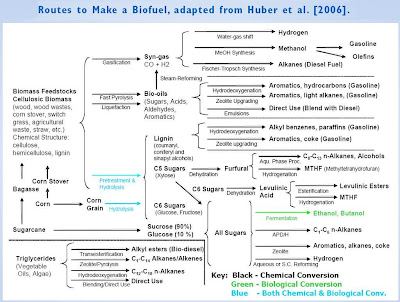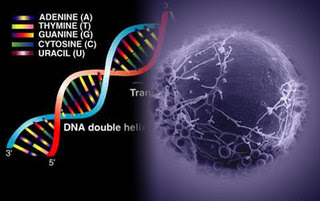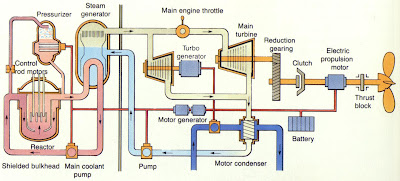Biomass to Petroleum Equivalent Gold: National Science Foundation Report
 Oil has become the new gold in the modern world economy. The US National Science Foundation has discovered what Al Fin has been telling readers: there is gold in biocrude and biofuels.
Oil has become the new gold in the modern world economy. The US National Science Foundation has discovered what Al Fin has been telling readers: there is gold in biocrude and biofuels.[Here are the six areas of concentration in the NSF report]
- * First, green hydrocarbon fuels are essentially the same as those currently derived from petroleum, except that they are made from biomass. Therefore, it will not be necessary to modify existing infrastructure (e.g. pipelines, engines) and hydrocarbon biorefining processes can be tied into the fuel production systems of existing petroleum refineries.
- * Second, biomass-based hydrocarbon fuels are energy equivalent to fuels derived from petroleum. In contrast to the lower energy density of E85 flex fuel, there will be no penalty in gas mileage with biomass-based hydrocarbon fuels.
- * Third, hydrocarbons produced from lignocellulosic biomass are immiscible in water; they self-separate, which eliminates the need for an expensive, energy-consuming distillation step.
- * Fourth, biomass based hydrocarbon fuels are produced at high temperatures, which allows for faster conversion reactions in smaller reactors. Thus, processing units can be placed close to the biomass source or even transported on truck trailers.
- * Fifth, the amount of water needed for processing hydrocarbon fuels from biomass can be greatly reduced, compared with the dilute sugar solutions to which enzymes are constrained. This is because organic or heterogeneous catalysts work well in concentrated water solutions or even in the absence of water if ionic liquids are used.
- * Finally, heterogeneous catalysts are inherently recyclable. So they can be used over the course of months and even years, which significantly reduces costs compared to biological catalysts. The elimination of energy-intensive distillation, the higher reaction rates, and the much smaller process footprints can also lead to lower biofuel costs than are possible using currently available biological pathways for producing cellulosic ethanol.
- * Selective thermal processing of lignocellulosic biomass to produce liquid fuels (bio-oils) in distributed biorefineries.
- * Utilization of petroleum refining technology for conversion of biomass-derived oxygenates within existing petroleum refineries.
- * Hydrocarbon production by liquid phase processing of sugars to a heretofore “sleeping giant” intermediate, hydroxymethylfurfural (HMF), followed by HMF conversion to “green” diesel and jet fuel.
- * Process intensification for diesel and gasoline production from synthesis gas (CO and H2) by Fisher-Tropsch synthesis (FTS), which dramatically decreases the economically viable size compared to traditional FTS processes with petroleum derived feedstocks.
- * Conceptual design of biorefining processes in conjunction with experimental studies at the beginning of research projects to allow rapid development of commercial biofuel technologies.
- * Design of recyclable, highly active and selective heterogeneous catalysts for biofuel production using advanced nanotechnology, synthesis methods and quantum chemical calculations.___NSF(PDF)___via__Biopact
According to the NSF report, petroleum-equivalent biofuels can be made for the equivalent of US $15 a barrel!
This is energy dynamite, virtually unknown in the mass media--although well known to readers of Al Fin. While bloggers and journalists on all sides of any conceivable debate have joined together in condemning "biofuels", the real story has gone virtually untold. I recommend a close reading of the above linked documents, for anyone who wishes to be in a position to take advantage of the new "gold rush".
We can hope that now that the NSF has given its "official blessing" to this new potential economic oil boom, the media, academia, and mainstream science reporting will finally catch on to what has been happening. After all, most modern people have been psychologically neotenised and academically lobotomised by normal modern upbringing and education. We cannot expect them to be able to think for themselves.
;-)
Labels: biocrude, bioenergy, biofuels, biofuels scapegoating, biomass, Fischer Tropsch, gasification

























